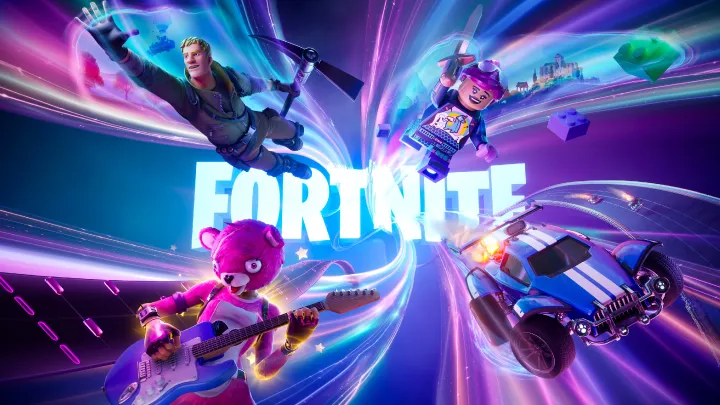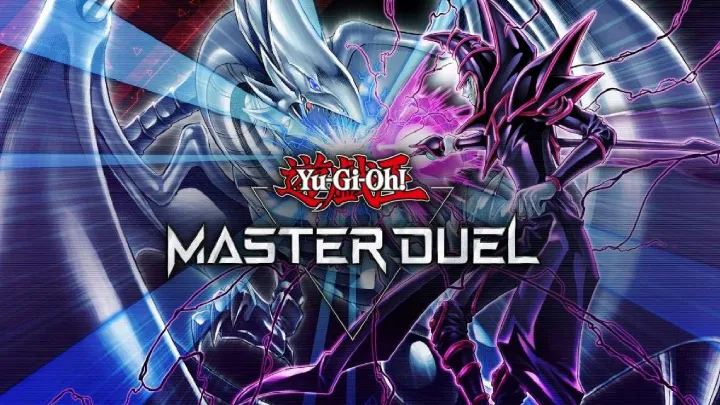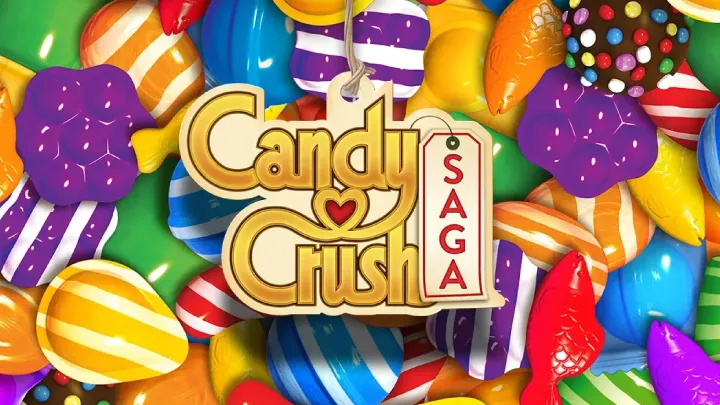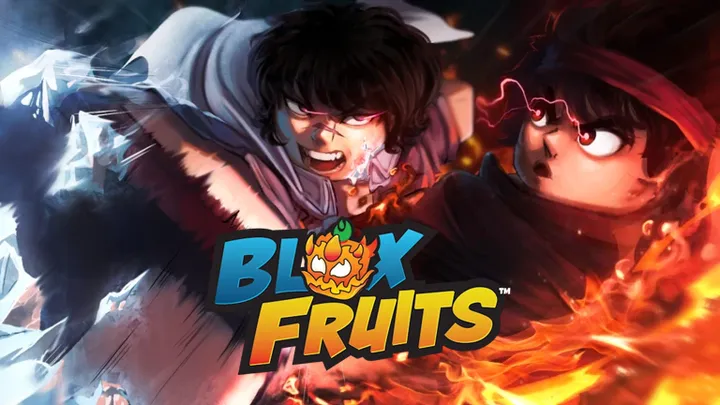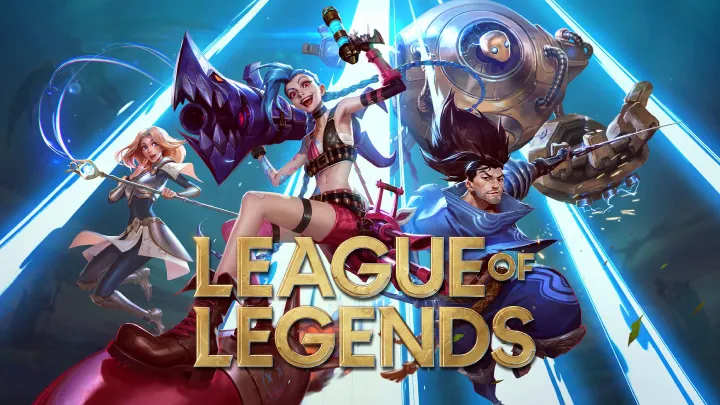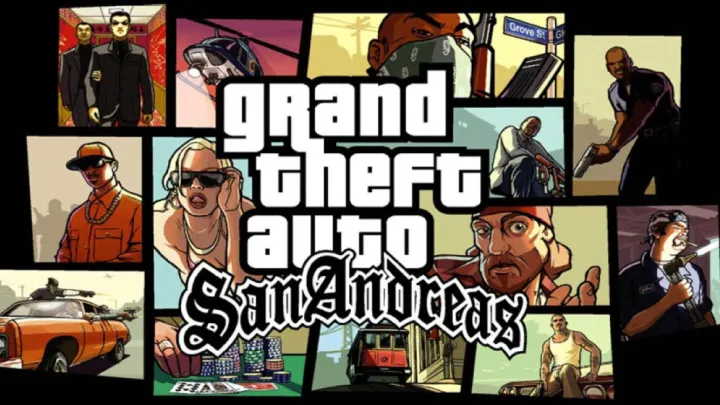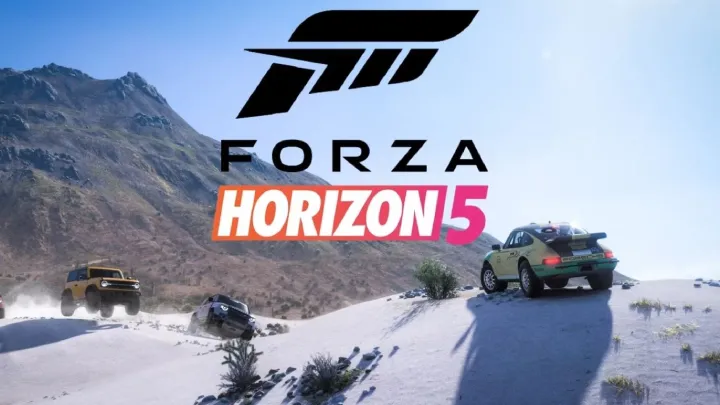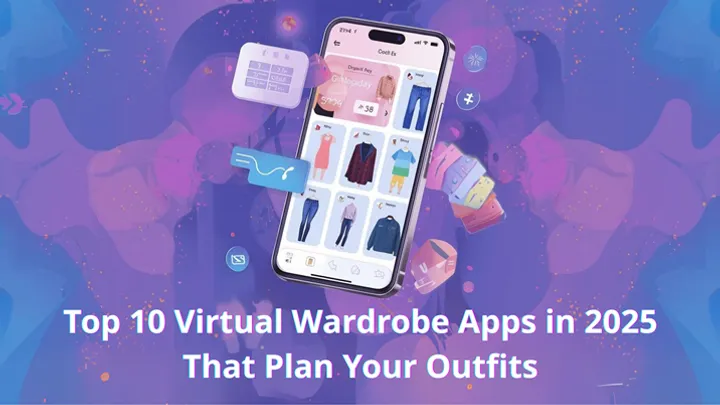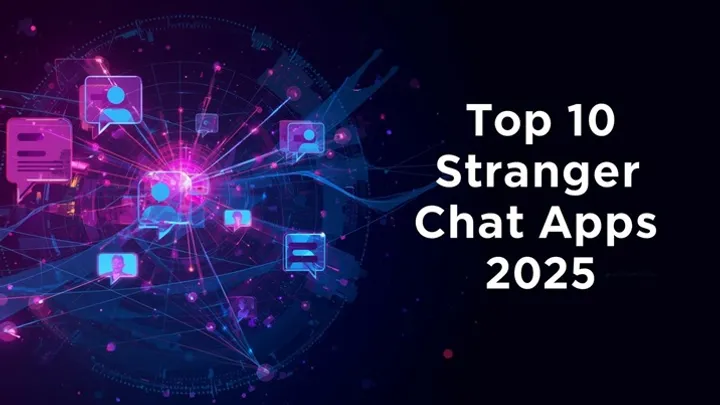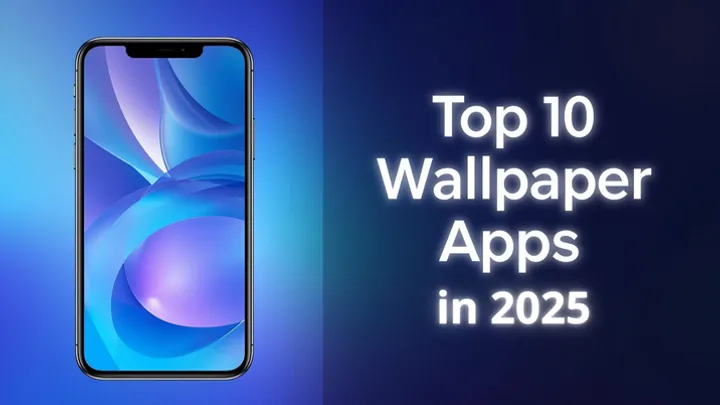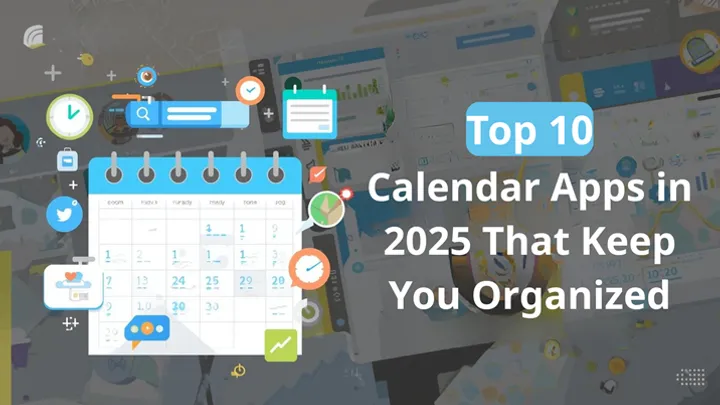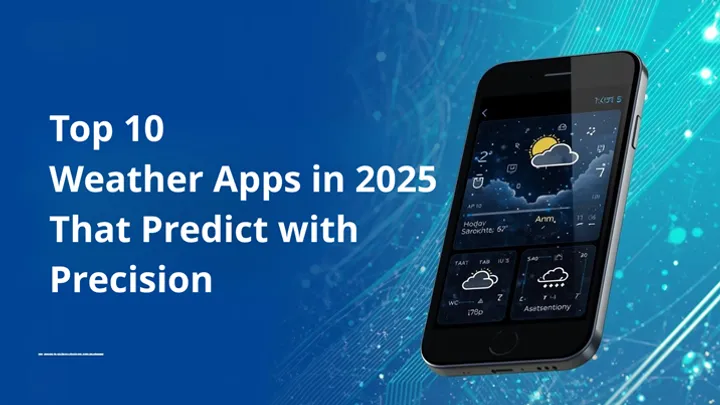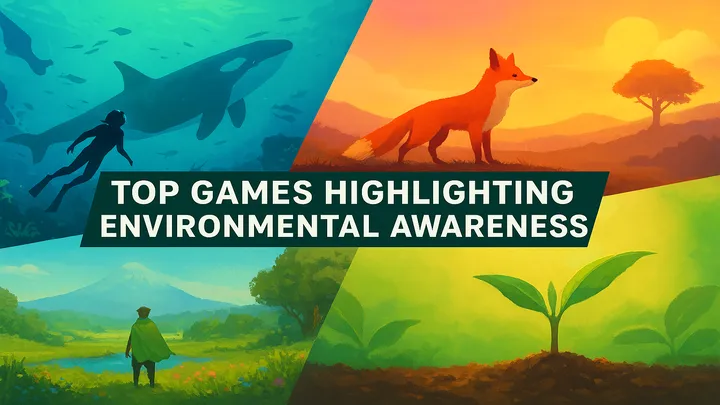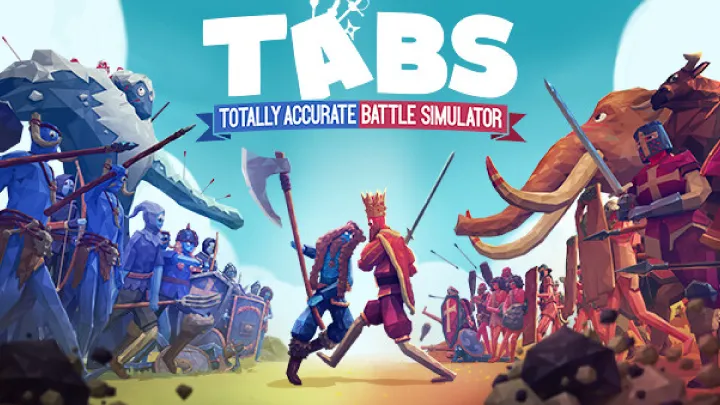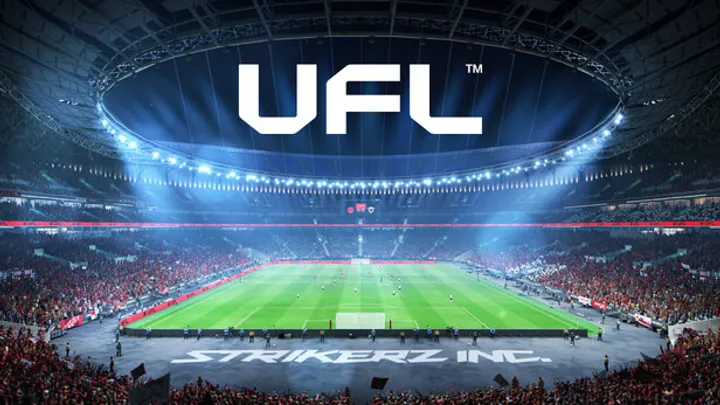Introduction
When Fortnite launched in 2017, few could have predicted it would become one of the most influential entertainment properties of the decade. Developed by Epic Games, it began as a cooperative survival-crafting title (Fortnite: Save the World) but skyrocketed to global fame after pivoting into a free-to-play battle royale mode. Today, Fortnite is more than just a game — it’s a cultural platform, a live entertainment stage, and a trend-defining social hub.
From a game industry analyst’s perspective, Fortnite’s rise and sustained success offer invaluable lessons in rapid product iteration, cross-media integration, and the economics of live-service ecosystems. In this review, we’ll break down its gameplay design, technical execution, monetization strategies, and lasting cultural footprint.
1. Origins and Evolution
Epic Games’ initial Save the World mode was a cooperative PvE experience focused on base building and horde survival. While technically solid, it wasn’t until September 2017 — with the release of Fortnite Battle Royale — that the franchise exploded. The pivot was both strategic and opportunistic, capitalizing on the rising popularity of the battle royale genre sparked by PUBG.
This move marked the start of Fortnite’s live-service evolution, where constant updates, seasonal events, and crossovers kept the game perpetually fresh.
2. Core Gameplay Loop
The Fortnite Battle Royale loop is deceptively simple yet endlessly replayable:
- Drop In – 100 players skydive from the Battle Bus onto a massive island.
- Loot & Equip – Search for weapons, shields, and materials.
- Build & Fight – Unique to Fortnite, players can construct walls, ramps, and structures mid-combat.
- Circle Pressure – Shrinking safe zones drive player encounters.
- Victory Royale – The last player or squad standing claims the win.
The building mechanic fundamentally differentiates Fortnite from its peers, introducing a vertical dimension to combat and rewarding creativity as much as mechanical aim.
3. The Building and Editing System
Fortnite’s building system is its defining feature:
- Material Gathering – Players collect wood, stone, and metal by harvesting the environment.
- Structure Types – Walls, ramps, floors, and pyramids, each serving defensive or offensive purposes.
- Editing Mechanics – Structures can be edited in real-time to create windows, doors, or alternate shapes.
Mastery of build-and-edit speed is critical in competitive play, leading to high-skill expression and intense “build battles” that are unique to Fortnite’s meta.
4. Art Style and Technical Performance
Unlike the realistic visuals of PUBG, Fortnite opts for a stylized, cartoonish aesthetic:
- Accessibility – The bright visuals appeal to all ages, broadening the audience.
- Performance – The art style allows smooth performance across devices, from high-end PCs to consoles and even mobile.
- Longevity – Stylized graphics age more gracefully than photorealistic ones.
The Unreal Engine foundation also allows Epic to push frequent map changes and special effects without compromising stability.
5. Live-Service and Seasonal Model
The heartbeat of Fortnite is its seasonal content cadence:
- Battle Pass – A tiered progression system offering skins, emotes, and cosmetics.
- Map Evolution – The island changes each season, introducing new points of interest and gameplay mechanics.
- Thematic Seasons – Story arcs tie together cosmetics, events, and environmental shifts.
- Limited-Time Modes (LTMs) – Experimental rule sets keep gameplay fresh.
This approach creates predictable excitement cycles, maintaining high player engagement month after month.
6. Crossovers and Cultural Integration
Fortnite has mastered the art of pop culture integration:
- Collaborations with Marvel, DC, Star Wars, Dragon Ball, Naruto, and countless music artists.
- In-Game Concerts – Groundbreaking events like Travis Scott’s “Astronomical” and Ariana Grande’s “Rift Tour.”
- Movie Tie-Ins – Exclusive content tied to film releases, often used as marketing platforms.
This transforms Fortnite into a metaverse-like space, where gaming, music, and film converge.
7. Monetization Strategy
Epic’s monetization model is one of the industry’s most effective:
- Free-to-Play Access – Zero cost barrier ensures massive adoption.
- Cosmetics-Only Purchases – Skins, emotes, and wraps have no gameplay advantage, preserving competitive integrity.
- FOMO-Driven Rotation – Daily/weekly shop rotations and limited-time collaborations drive urgency.
- Battle Pass Value – Affordable seasonal pass encourages recurring spending.
By avoiding pay-to-win mechanics, Fortnite maintains credibility with both casual and competitive communities.
8. Competitive Scene and Esports
The Fortnite esports landscape includes:
- Fortnite World Cup – Multi-million-dollar prize pools attracting global attention.
- FNCS (Fortnite Champion Series) – Seasonal competitive circuits.
- Open Qualification – Anyone can compete, ensuring accessibility.
However, the high skill ceiling in building/editing has created a skill gap challenge, where top-tier pros dominate tournaments.
9. Social Hub and Creative Mode
Beyond battle royale, Fortnite offers Creative Mode:
- Players can design their own maps, mini-games, and experiences.
- Creative maps often go viral, influencing the main game’s trends.
- The mode functions as a sandbox platform similar to Roblox, extending Fortnite’s lifespan.
10. Challenges and Criticisms
Despite its massive success, Fortnite faces ongoing issues:
- Content Saturation – Some players feel overwhelmed by constant meta shifts.
- Skill Gap – Casual players may struggle against highly skilled builders.
- File Size – Frequent updates make the game heavy on storage.
11. Future Outlook
Epic Games’ vision for Fortnite seems aligned with broader metaverse ambitions:
- Expanded Creative Tools – Empowering creators to monetize their maps.
- Deeper Social Integration – Virtual events, film screenings, and concerts.
- AI-Enhanced NPCs and Events – Dynamic, responsive in-game experiences.
Given Epic’s control over Unreal Engine, they have the infrastructure to keep Fortnite technologically ahead of competitors.
Conclusion
From an industry perspective, Fortnite is the perfect storm of accessible gameplay, innovative mechanics, aggressive content updates, and pop culture synergy. It’s a game, a social space, and a marketing platform rolled into one.
Its ability to stay relevant hinges on its adaptability — whether through new mechanics, collaborations, or emerging technologies. While not without challenges, Fortnite remains a model example of how a live-service title can dominate both player attention and global culture.
Final Verdict: Fortnite isn’t just surviving in the competitive battle royale space — it’s defining it.














































